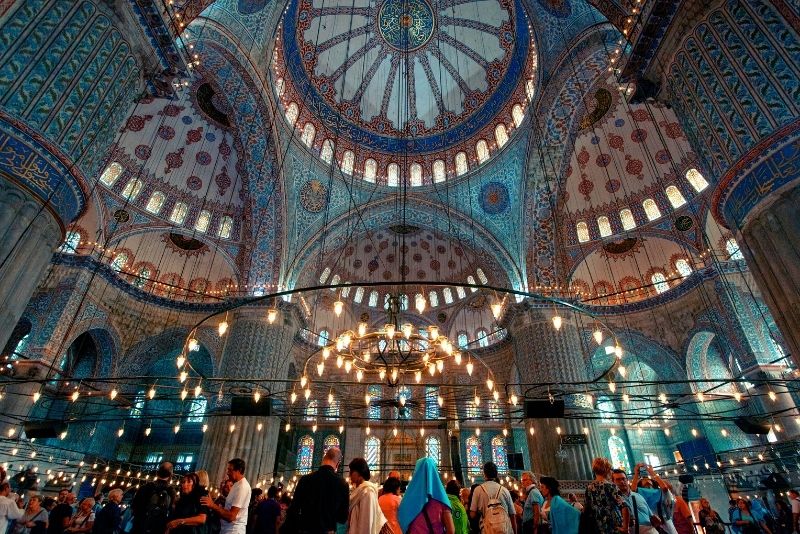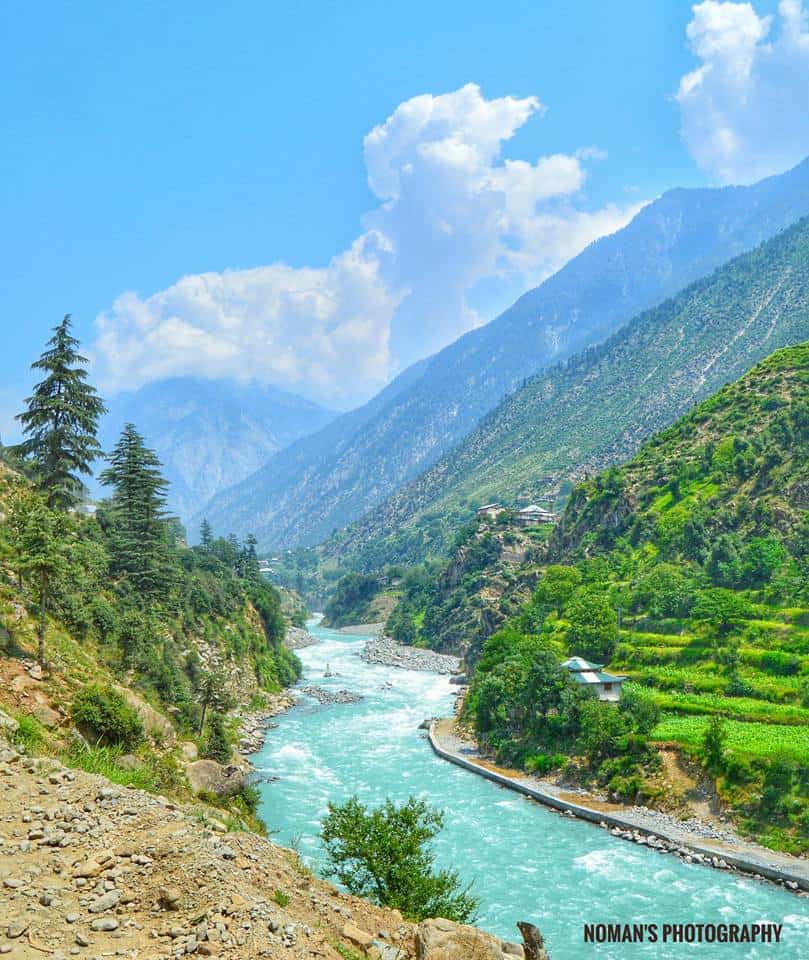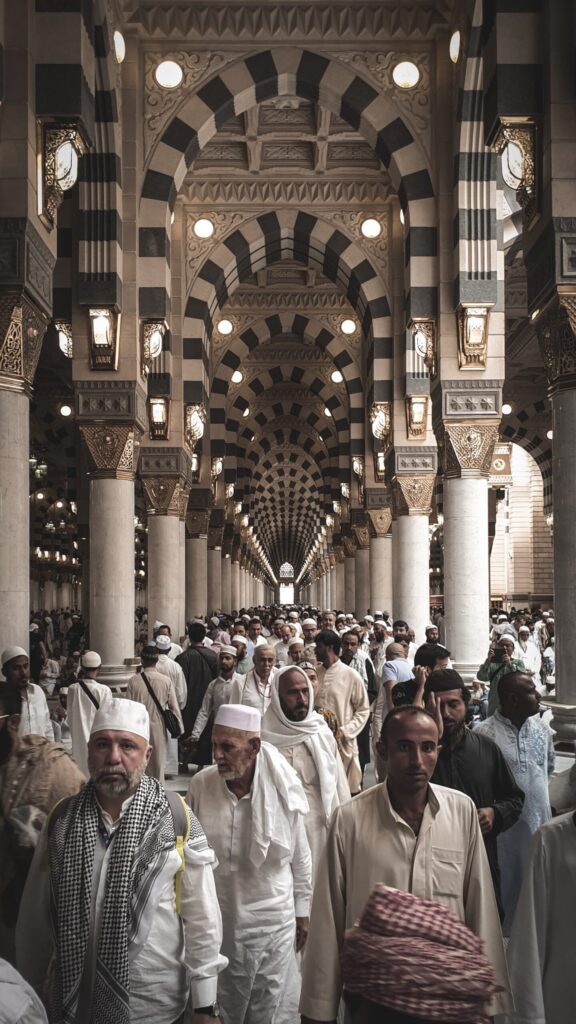
Turkey
History
Turkish history amplifies back thousands of a long time some time recently the establishing of the Turkish Republic in 1923. Turks, initially a roaming individuals from Central Asia, set up a few realms, counting the Seljuk Domain and afterward the Footrest Realm, which was established in Anatolia by Turkish ruler Osman in 1299. The Ottomans took Constantinople in 1453 and got to be a overwhelming world control enveloping Anatolia, the Maghreb in North Africa, southeastern Europe, parts of the Middle eastern Promontory and Persian Inlet, advanced day Iraq, and parcels of the Caucasus. Thus, the Hassock Domain had a religiously and ethnically different populace. Footrest misfortune of region beginning within the 17th century provoked sacred, educational, and military reforms to start within the late 18th century. Be that as it may, due to fracture of national bunches inside the domain, moderate financial and mechanical advance, and the Ottomans’ ill-fated collusion with Germany, the realm collapsed at the conclusion of World War I. Mustafa Kemal Ataturk, who had risen to conspicuousness as a war legend within the Fight of Gallipoli, in this way joined together different Turkish powers against the remote occupation of Turkish lands and in favor of national sway.
Culture
Turkey incorporates a exceptionally differing culture that’s a mix of different components of the Oğuz Turkic and Anatolian, Footrest (which was itself a continuation of both Greco-Roman and Islamic societies), and Western culture and conventions which begun with the Westernization of the Hassock Domain and proceeds nowadays. This blend may be a result of the experience of Turks and their culture with those of the people groups who were in their way amid their movement from Central Asia to the West.
As Turkey effectively changed from the religion-based previous Footrest Domain into a cutting-edge nation-state with an awfully solid division of state and religion, an increment within the strategies of creative expression taken after. Amid the primary a long time of the republic, the government contributed an expansive number of assets into fine expressions, such as galleries, theaters, and design. Since of distinctive chronicled factors playing an imperative part in characterizing the advanced Turkish personality, Turkish culture may be a item of endeavors to be “present day” and Western, combined with the need felt to preserve conventional devout and authentic values.
Things To do
- Galata Tower.
- Istanbul Archaeological Museum.
- Chora Church.
- Basilica Cistern.
- Prince’s Island.
- Dolmabahce Palace.
- Grand Bazar.
- Topkapi Palace.
- Fethiye: Gateway to the Turkish Riviera.
- Antalya: City of Beaches.
- Izmir: Turkey’s Carefree Capital.
- Ankara: The Beating Heart of Turkey.
- Konya: The City of Rumi
Climate
The climate in the Black Sea region is damp, warm, and humid, with summers reaching 23 degrees Celsius and winters reaching 7 degrees Celsius (73-44 Fahrenheit). There is a long, harsh winter in Eastern Anatolia and South-Eastern Anatolia, with snow on the ground year after year from November to the end of April; the average temperature in winters is -13 degrees Celsius, and in summers 17 degrees Celsius; the average temperature in winters is -13 degrees Celsius, and in summers 17 degrees Celsius (8-62 Fahrenheit).




